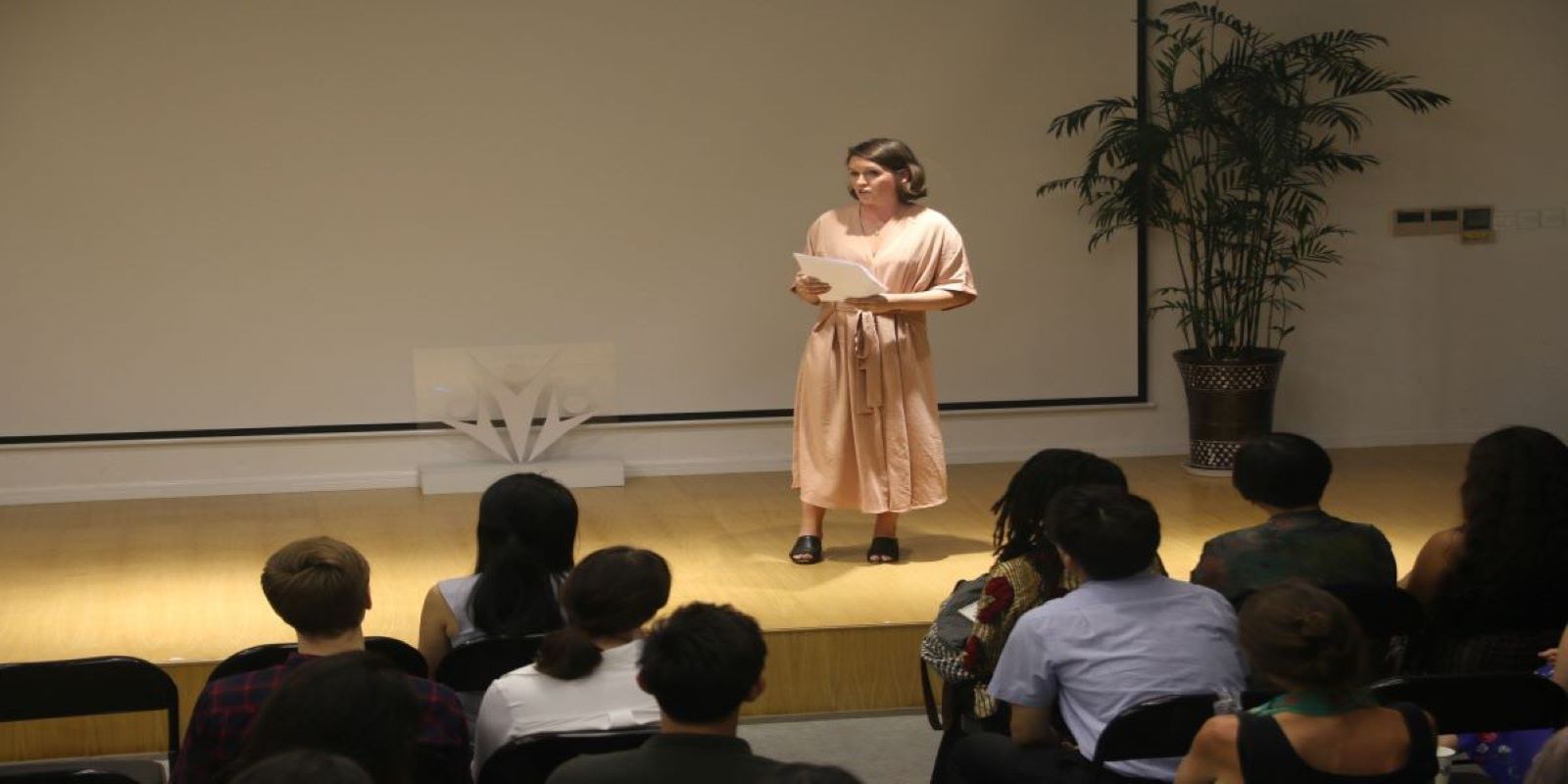A Good Tool To Use in Competitive Debates: Pre-Emption (Part II)

In the first article, you’ve learned what pre-emption is, the three steps you can take to identify what you need to pre-empt, and how to pre-empt your opponents’ impacts by claiming the opposite impact is more likely.
Another way to pre-empt and run the opposite case of what is expected is to argue that an intuitively bad impact is, in fact, good, or vice versa, an impact that is intuitively good is actually bad.
For example, let’s say you’re on Government on the motion, “This House would prohibit gun ownership in the US.” You expect that the Opposition will argue if gun ownership is prohibited, people will not be able to defend themselves. You can respond to this beforehand by saying:
Allowing civilians to use deadly force in self-defense is wrong because in most cases, they accidentally end up hurting themselves or their loved ones and not the perpetrator. So, preventing gun ownership for self-defense is a good thing.
Another example can be if you are the Government team for the motion, “This House welcomes the complete video surveillance systems in public spaces in cities.” You expect that the Opposition will argue video surveillance systems infringe on individual privacy. To pre-empt this, you can say in your first speech that, yes, there will be an infringement of privacy in the public sphere, but people mainly care about privacy if they’re doing something wrong, so in this case, the infringement on privacy is a good thing because we want people to avoid bad or inappropriate behavior in public.
Ideally, you should come up with pre-emptions during your prep time, but sometimes the best pre-emptions might come to you as the debate starts or even during your speech. That’s okay! Pre-emptions can be incorporated at any part of your speech, arguments, rebuttals, and sometimes even your context and framing. Take any opportunity you get to pre-empt! Whenever you finish an argument, ask yourself the question: what’s the best-case scenario for my opponents on this? Which outcome or response to this would weaken my argument? Then, add a final layer to the end of your argument justifying why it’ll play out in the way you think it will, not in the way that the opposite bench might argue. You don’t need to explicitly say, “they might say this, but this would be wrong because…” Instead, add some analysis justifying why your version of events or logic will play out compared to what you think the most plausible version on the other side is. This extra layer of analysis makes your case more robust and helps cover areas where you’re most vulnerable.
The last point to consider is what happens if your opponents run something unexpected that is different from what you’ve pre-empted. In BP, just because an opening team didn’t run the case you pre-empted, doesn’t mean that the Closing team won’t. As Opening Government, you need to make sure you accurately and comprehensively rebut the Opening Opposition’s case, but also keep pre-empting what is probably the most obvious Closing Opposition extension that the Opening Opposition did not take.
But, do not assume opposing teams will run what you’ve guessed and fail to listen to their specific case. If they go in a different direction and you rebut or weigh against the wrong thing while referring to them, you’ll look silly, and it’ll significantly weaken your engagement efforts.
For instance, if you were debating the motion, “This House supports the rise of social media as the primary source of news distribution,” and you wrote a pre-emptive rebuttal that addresses an Opposition point that social media is used to spread fake news. Unfortunately, the Leader of Opposition says, “regardless of how true the news on social media is, the biggest problem in consuming the news on social media is that it keeps people stuck in echo chambers and leads to political polarization.” They can then focus their case on how problematic it is that people only hear news from people that they like and likely share similar points of view with. In this case, you want to drop your pre-emption and focus on what the Leader of Opposition’s actual case was so that you can properly rebut it and defend your own.
Anticipation and reaction are key when it comes to pre-emption and engagement. By incorporating pre-emption in your case, you’ll be able to have stronger engagement with your opponents and make it challenging for them to take the win. When crafting a pre-emption, focus on their impacts because it’s much harder to predict their specific analytical links. And finally, if you notice that your opponents did not run the case that you anticipated, quickly adjust, focus on what they have argued, and use your pre-emption for dealing with the Closing teams. Now that you’re a master of pre-emption! Congratulations!

